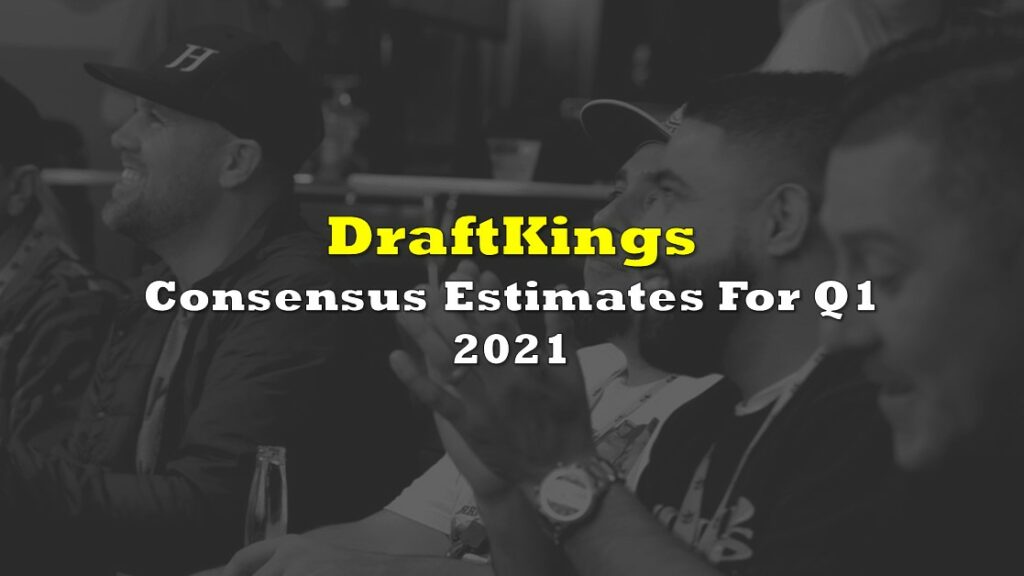Peloton Interactive (Nasdaq: PTON) on Thursday announced its fiscal fourth-quarter financial results. The company announced that total revenue came in at $678.7 million, down 30% sequentially, while total gross profits were ($29.8) million, down 116% sequentially. Notably the company’s gross margin for connected fitness was -98.2%, or gross profits of ($290.1) million.
This brought the company’s net income to ($1.244) billion, down 64% sequentially, though free cash flow increased 45% to ($411.9) million, primarily thanks to a 46% decrease in cash used in operating activities.
For the quarter, the company saw a 2% decline in members to 6.9 million; connected fitness subscribers came in at 2.966 million, flat sequentially but up 27% yearly. The average net monthly connected fitness churn doubled to 1.41% from 0.75% last quarter.
Peleton currently has 34 analysts covering the stock with an average 12-month price target of $19.58, or an upside of 78%. Out of the 34 analysts, seven have strong buy ratings, ten have to buy ratings, 15 analysts have hold ratings, and the last two analysts have to sell ratings on the stock. The street high price target sits at $60, which is an upside of almost 450%.
In BMO Capital Markets’ note on the results, they reiterate their underperforming rating on the stock but slash their 12-month price target to $9.75 from $12.00, saying that the results leave them with more questions than answers. The list of questions include, “what is underlying demand/Equipment GM/Churn?,” “why did Sub GM decline despite raising the price?,” and “what is the plan for reducing inventory?”
On the results, BMO says that revenues missed the street estimate but were in line with their estimates. The most notable thing BMO says about the results is that the churn was “materially higher,” believing this was due to Peleton increasing their subscription price. At the same time, roughly 16,000 Canadian subscribers were placed in a churned state until they approved the price increase due to the Canadian Consumer Protection statutes.
Though BMO also has another fear for the increasing churn rate, which is that the average subscription is getting older, noting that more than 50% of the company’s subscribers joined the company less than a year ago and believe that “with newness comes excitement and it was palpable and apparent in churn and engagement.”
Lastly, BMO believes that the churn rate “doesn’t tell the whole story,” but the increased churn alongside the company’s first-ever member decline paints a bleak outlook for the underlying business.
Information for this briefing was found via Sedar and Refinitiv. The author has no securities or affiliations related to this organization. Not a recommendation to buy or sell. Always do additional research and consult a professional before purchasing a security. The author holds no licenses.









